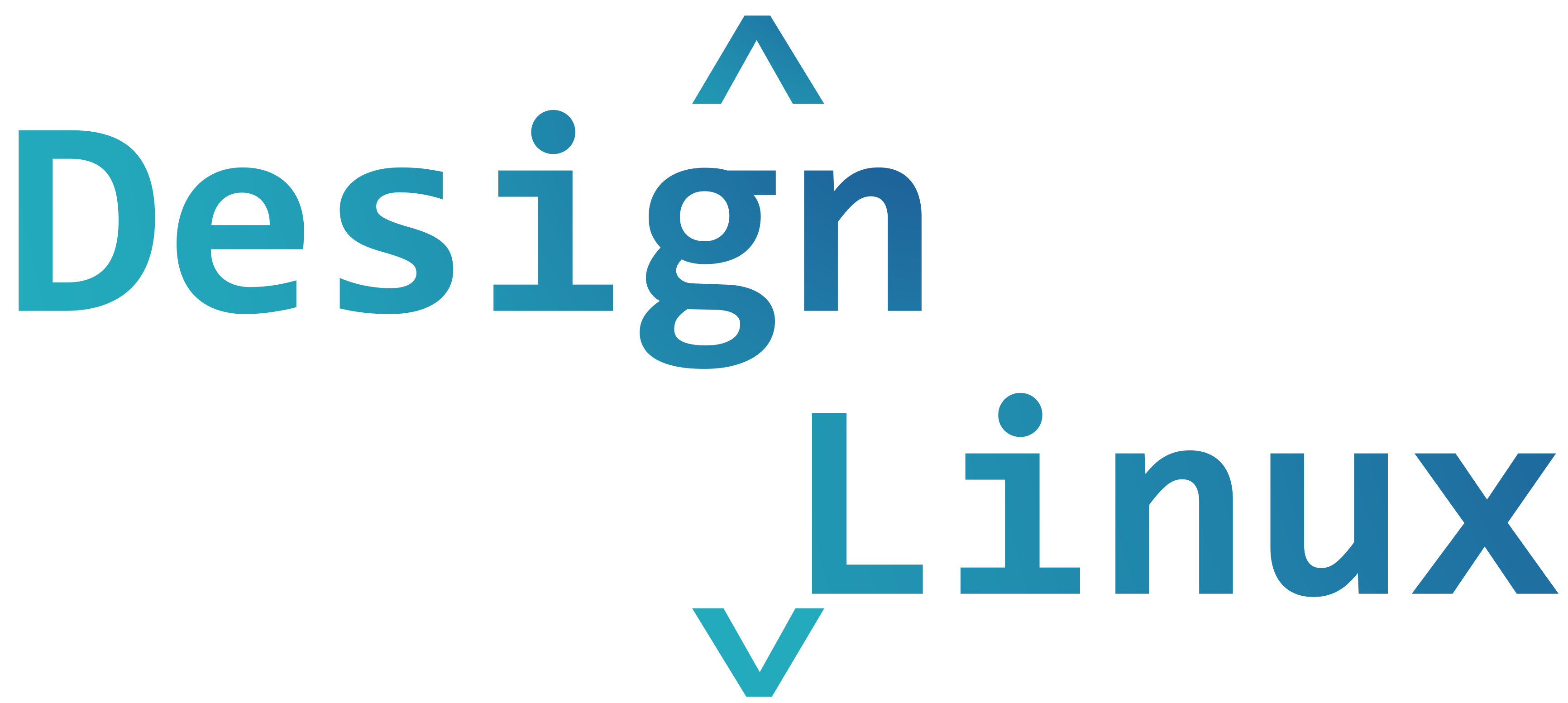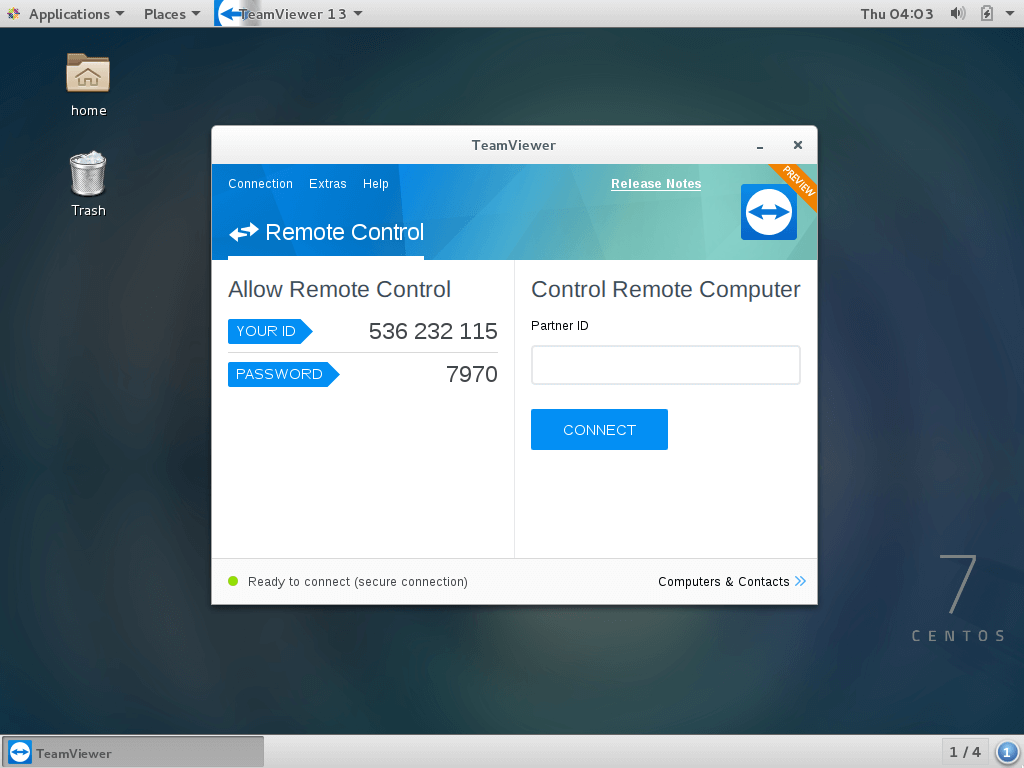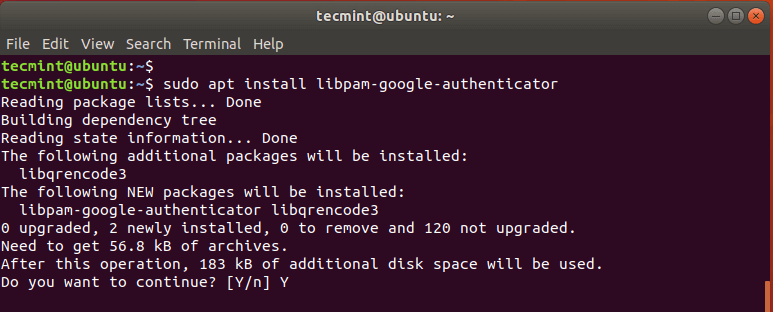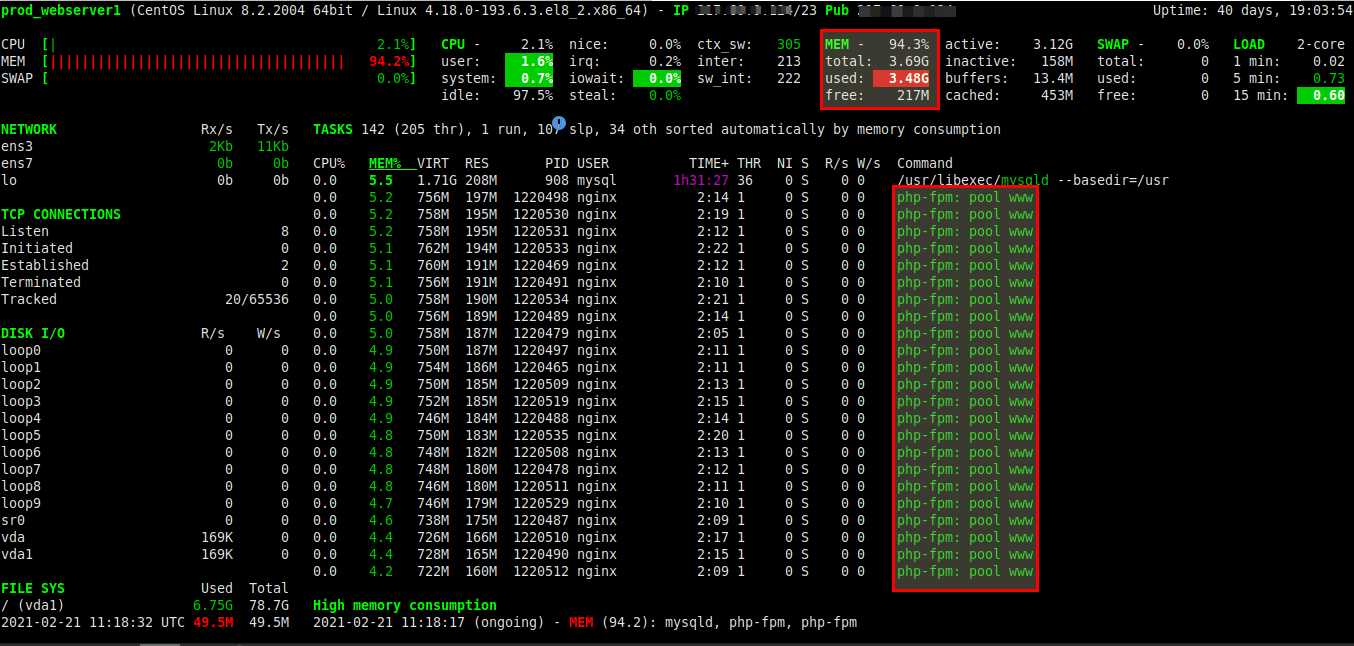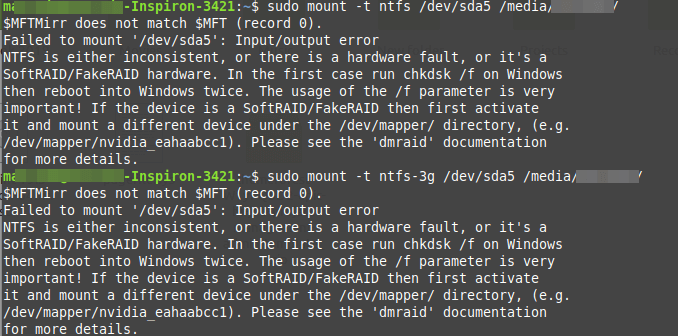Java is one of the most popular programming languages and the JVM (Java’s virtual machine) is the run-time environment to run Java applications. These two platforms are required for much popular software that includes Tomcat, Jetty, Cassandra, Glassfish, and Jenkins. In this article, you will learn how to install Java Runtime Environment (JRE) and the
Ubuntu - Page 3 of 13 - DesignLinux
How to Install TeamViewer 15 on RHEL/CentOS/Fedora and Debian/Ubuntu
Teamviewer is a cross-platform, powerful, and secure remote access and control software that can connect to multiple devices simultaneously. It is an all-in-one solution for remote support which can be used for desktop sharing, online meetings, and file transfer between devices connected over the Internet. It works on notable operating systems such as Linux, Windows,
How to Install Mosh Shell as SSH Alternative on Linux
Mosh, which stands for Mobile Shell is a command-line application which is used for connecting to the server from a client computer, over the Internet. It can be used as SSH and contains more feature than Secure Shell. It is an application similar to SSH, but with additional features. The application is written originally by
How to Install SQLite and SQLite Browser in Ubuntu
SQLite is a lightweight, small and self-contained RDBMS in a C library. Popular databases like MySql, PostgreSQL, etc. works in the client-server model and they have a dedicated process running and controlling all the aspects of database operation. But SQLite has no process running and has no client-server model. SQLite DB is simply an file
How to Install Flameshot Screenshot Tool in Linux
Flameshot is an open-source screenshot tool available for Linux, Mac, and Windows. It is created with C++ and QT5 language. Every popular Linux distribution comes with a screenshot tool but they lack few functionalities that flameshot offers. Some of the popular features include. Supports graphical and CLI mode. Edit images instantly. Image uploads to Imgur.
How to Install Terraform in Linux Distributions
In this article, we will discuss what Terraform is and how to install terraform on various Linux distributions using HashiCorp repositories. What is Terraform? Terraform is a popular cloud orchestration tool in the world of automation, which is used to deploy your infrastructure through the IAC (Infrastructure as code) approach. Terraform is built by Hashicorp
How to Use Two-Factor Authentication with Ubuntu
Over time, the traditional username and password authentication has proven inadequate in providing robust security to applications and systems. Usernames and passwords can easily be cracked using a plethora of hacking tools, leaving your system vulnerable to breaches. For this reason, any company or entity that takes security seriously needs to implement 2-Factor authentication. Colloquially
How To Prevent PHP-FPM From Consuming Too Much RAM in Linux
If you have deployed a LEMP (Linux, NGINX, MySQL/MariaDB, and PHP) stack, then you are probably using FastCGI proxying within NGINX (as an HTTP server), for PHP processing. PHP-FPM (an acronym of FastCGI Process Manager) is a widely-used and high-performance alternative PHP FastCGI implementation. Here are the useful guides on setting up LEMP Stack in
How to Fix NTFS Partition Failed to Mount Error in Linux
In this article, we will show how to fix NTFS failed to mount errors such as “Failed to mount ‘/dev/sdax’: Input/output error, NTFS is either inconsistent, or there is a hardware fault, or it’s a SoftRAID/FakeRAID hardware”. The following screenshot shows an example of an NTFS failed to mount error. NTFS – Failed to mount
How to Install ReactJS on Ubuntu
Developed by Facebook in 2011, React (also referred to as ReactJS) is a Javascript library used for creating fast and interactive user interfaces. At the time of writing, it’s the most popular Javascript library for developing user interfaces. React trounces its counterparts – Angular and Vue JS in terms of functionality and popularity. Its popularity
